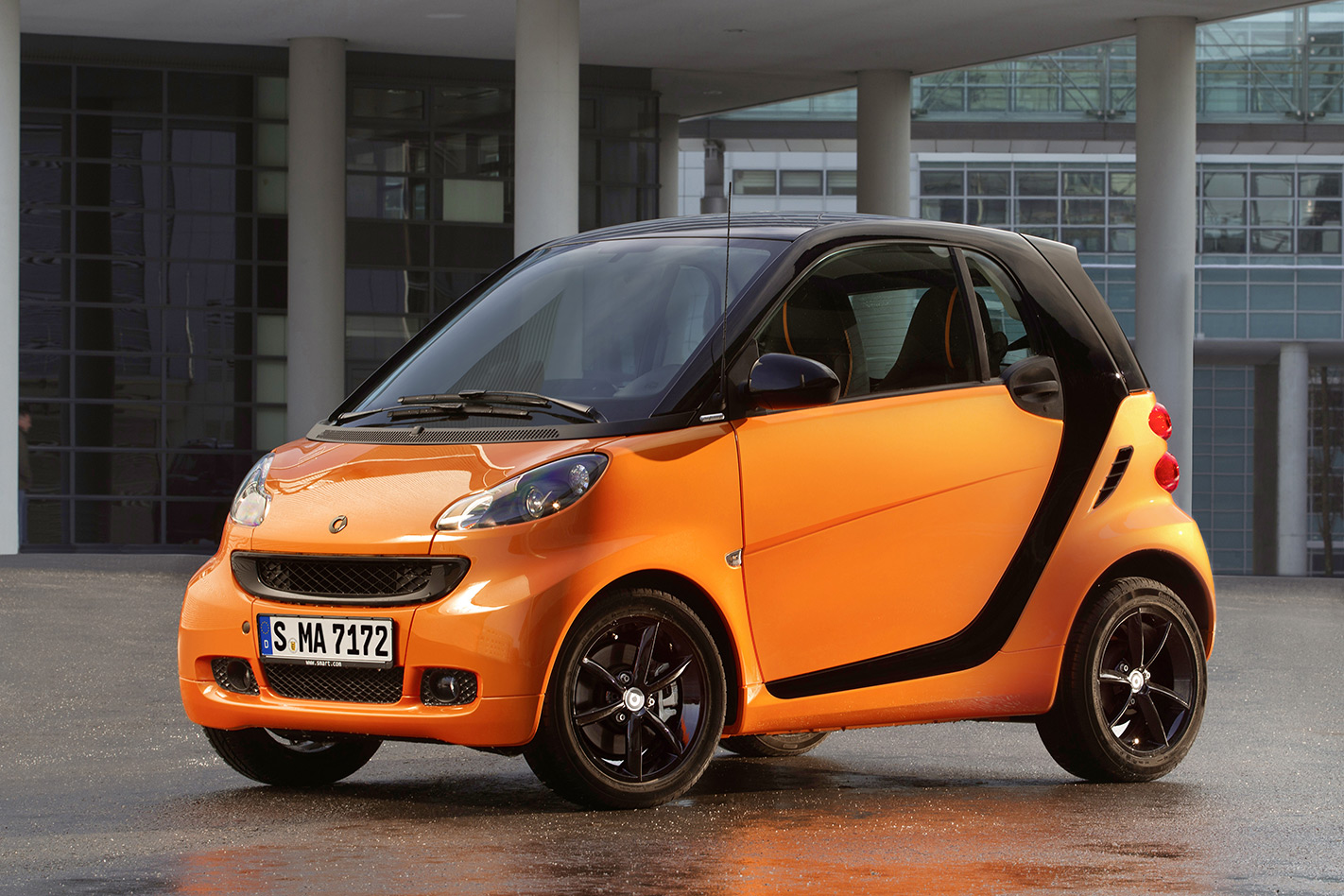MERCEDES-Benz’s move to a digital showroom for its city-savvy Smart range could be about to shift back into the real world.
However, instead of calling the digital experiment for the quirky two-seater a failure, Mercedes-Benz Australia PR manager Jerry Stamoulis says the move from clicks to bricks and mortar sales is because showroom staff miss the unique selling point the rear-engined range adds to the three star-badged line-up.
“Our dealers actually like it and want it,” Mr Stamoulis said. “They’ve asked for it back because there is a need for it in their dealerships. It’s a differentiator; it’s a point of difference no-one else has.
“When you have something that’s a little bit different, you may attract someone to your dealership who you may have never have attracted otherwise,” he said. “Things like that mean there are a lot of positives to retaining Smart.”
Mercedes has struggled with the slow-selling brand here. The two-car two-seater range, featuring a $18,990 coupe and a $20,990 cabriolet, shifted online in July last year, with Benz saying it would even deliver cars to customers’ doors if requested.
In Europe, Smart starting prices are the equivalent of about $10,000, while high fuel prices and limited parking make the diminutive model even more attractive in buyers’ eyes.
Since its shift online, Mercedes-Benz has sold almost 100 Smart cars here.
A new version of the Smart, sharing underpinnings with the Renault Twingo and potentially reintroducing the four-seat Smart ForFour, is at least 18 months away, with Mr Stamoulis saying Mercedes-Benz was waiting to see the new model before building its case to sell the updated Smart in Australia.
“[The new Smart] is not an automatic yes like the C-Class,” he said. “It’s got to fit into a strategy, it’s got to fit a business case. It’s obvious the market hasn’t accepted it the way that it has in Europe, and we need to assess that.
“It’s not a no, and it’s not a yes, but it is leaning more towards a yes at the moment. It’s a bit like G-Wagen, S65 and SL65 coupe; of course the business cases [for bringing the cars to Australia] don’t stack up, but it’s the type of thing we want to do, and to a degree should be doing in our market.”





